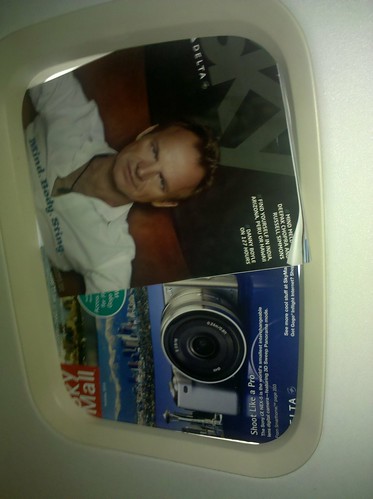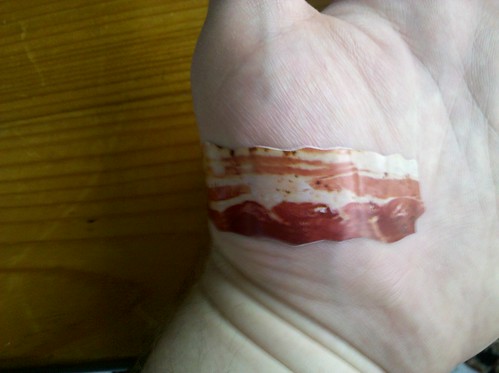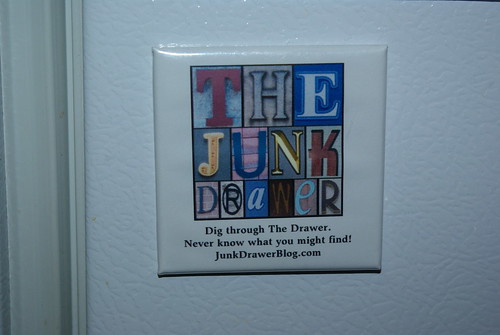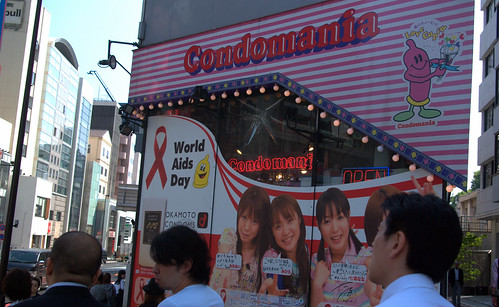In a backward post-apocalyptic world, She aids two brothers' quest to rescue their kidnapped sister. Along the way, they battle orgiastic werewolves, a psychic communist, a tutu-wearing giant, a mad scientist, and gladiators before standing against the odds to defeat the evil Norks.
I don't know where to begin with this movie. It has so much awesome and so much awful about it.
Jon and I watched this movie on Netflix streaming and tried to make sense of it. We failed. We didn't even think there were werewolves in the story. They looked like vampires to us.
The film opens when the main character's sister gets kidnapped by nazi football players, a boxer, and some guy in a tuxedo during a raid on a post-apaclypitic flea market where they sell corn flakes.
She, the main female character (played by Sandahl Bergman who would go on to appear as Queen Gedren in Red Sonja) is a goddess ruling and kingdom where the men are slaves.
Early in the film show goes into a cave to get a pointless prophecy and has to battle her way through sword wielding tough guys who pop out of packing crates as she walks by while wearing six swords and what can best be described as a long T-Shirt. After she defeats them, three samurai-like things pop out of one crate and attack her. She defeats them and seems about done, when all of a sudden, a robot Frankenstein monster pops out of a crate and attacks her.
This film is filled with wacky absurdity like that.
It even has a bridge guard that channels a Popeye-era Robin Williams.
There are chases, escapes, kidnappings, more escapes and a quest. There is no reason for the characters to help one another or even to be in this movie at all, and yet there they are.
The plot is a complete mess. And yet we couldn't stop watching. No one involved in this movie should be allowed to touch a a camera again, but we had to finish it.
I will give the director points for the pacing. The film moves from one ridiculous point to the next. He can takes us from telekintec Soviet gods with green eyes to pink tutu wearing 350 pound men, and we want to go along for the ride. We never had any idea what was going to happen next. That's easier to pull off when there is no logic to the story.
Of course, the director immediately loses all those pacing points because he also wrote the script.
The credits claim this movie is based on the book, She, by H. Rider Haggard, but aside from She's name and the title, the two have nothing to do with each other.
If you want a fantastic B-movie that makes no sense, She is for you. It's funny and awesome like that -- a great movie to mock and hate. If you want anything resembling a good movie, I think you can safely skip this one.























